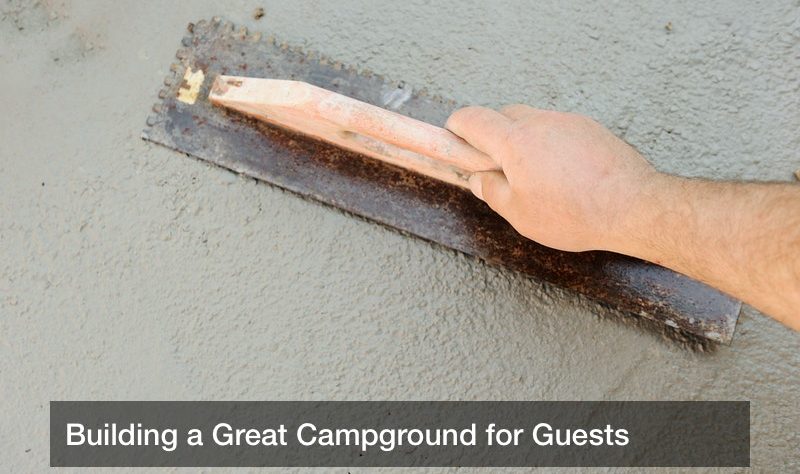
Despite modern buildings, urban centers, and technology, Americans still love to go camping to “get away from it all” and reconnect with nature as a way to relax and unwind. This can range from hiking trips to kayaking to wild game hunting, and in general, going outdoors for more than afternoon means visiting a campground. These are places where RVs can be parked, tents set up, and more, and RV parks may prove popular to many, especially among older Americans. For guests, camping is a lot of fun, and on the business side of things, a company can invest in real estate to create a commercial campground or launch a campsite franchise. Business may be good if local wilderness is attractive to campers and is easy to find and reach from local road systems, meaning that location is everything. How can a business build an idea campsite that people will want to visit?
The Campers
Any good business will know who its customers are and what they are looking for, and the campsite business is no different. What are some general trends about American campers and what they prefer at campsites? Camping is fairly popular overall; nearly six out of 10 households include someone who has gone camping before, and many of these camp groups will in fact be families. A study done by Kampgrounds of America shows that 20% of campers rank “kid friendly” as an important feature for a campground, such as including a small playground or a swimming pool that kids will enjoy. Those getting into the campground business may also note that around 50% of campers will not travel more than 100 miles for camping, so setting up a campground in a very remote region may limit the number of guests, but then again, this could lessen competition. And despite the rustic nature of camping, many campers still want access to WiFi; in fact, WiFi access ranks as one of the three most important things for campers, so a campgrounds business may strongly consider getting that in place.
Making the Site
Launching a business and investing in land is complex, but there are some general guidelines that a startup campsite may keep in mind. The location, as mentioned before, is important, and a campground very far away from nearby towns and cities may not get many guests aside from the most dedicated outdoors enthusiasts, but this can mean less competition. Local natural features can also make a campsite more attractive such as rapid for kayaking or hills for hiking, or cliffs for climbing or other such features. These features are bound to draw in guests from all over, and a campsite can be set up to house them.
A campsite is not just a gravel road and a sign in the woods. Some lots will need a wide berth, clear of trees or buildings so that larger RVs can be parked there, and smaller lots can have simple grass and soil so that tents can be pitched there. Many people who go camping like to cook outdoors, especially those in tents since they won’t have access to an RV kitchen. A campsite with a lot of smaller lots for tents may want to set up metal grills for campers, as well as metal and rock rings in gravel where campers can assemble logs to start a fire. A campsite should also probably have at least one restroom facility that may even include showers, and footpaths can lead to and from this building, and guests should also be able to access a general store on the site to buy supplies or even snacks. In modern times, guests, especially younger ones, may want to have WiFi access, so this could be installed as well, and that fact can be advertised on the sign or with the marketing campaign.
Campsites can also be tailored to nearby features. If a popular lake is nearby, the campsite store and other services can offer gear like fishing poles, line, and bait, and boat accessories or items like sunglasses and hats for those who are out on the lake on pontoon boats. During winter, a campsite can offer charcoal, logs for fires, and more for keeping warm.
